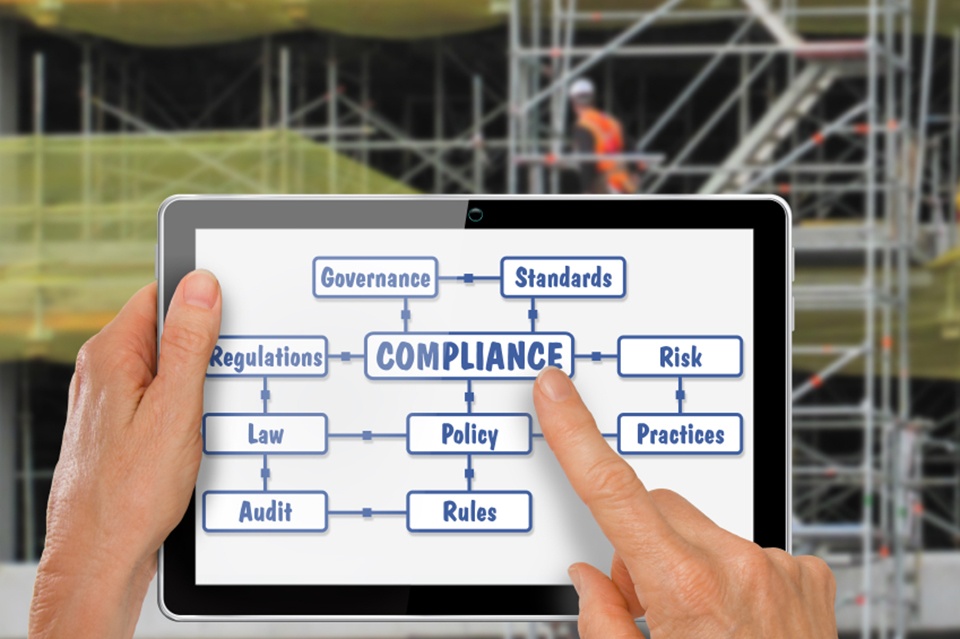Many challenges face teams developing software in a regulated environment. The ecosystem is complex, and there can be serious consequences of non-compliance. And while small companies with few applicable regulations may be able to manage compliance requirements with Microsoft Word, Excel, and Visio (emphasis on the word may), larger enterprises in regulated environments need more. They need a robust, purpose-built requirements definition and management tool to provide a higher level of automation and support to enable:
- Deeper Analysis. Complexity of the regulatory environment coupled with increased business and technical challenges means Product Owners and Business Analysts need strong, flexible tools to view information in different ways – tools to help them think, reason, and collaborate more effectively to make sound decisions.
- Clearer Communication. Obviously, clear, complete requirements documentation is important for developers and testers to interpret requirements accurately. In regulated environments, however, requirements also serve as a communication mechanism to internal and external governing bodies – something essential to proving compliance post-delivery.
Analysis and communication become more important in regulated environments. So if you work in one and your teams still use lengthy, text-heavy business requirements documentation to define and manage software requirements, please keep reading. A robust requirements tool will help you develop better requirements faster, leading to higher-quality, more sustainable, more audit-ready software. Here are 3 capabilities your teams desperately need from that tool:
- Reuse: Pre-Defining and Centralizing Common Compliance Requirements
Organizations have been working to improve their business analysts’ skills, but many have a long way to go. Most are good at defining functional requirements, but they’re not so strong when it comes to non-functional requirements – regulatory compliance being one type. Most compliance requirements relate more to a product’s “how” than its “what.” How long do I need to retain this data? How do I manage data security? Performance? Availability?
Fortunately, many of these questions have similar answers within an organization. IT commonly has standards for non-functional requirements – like security, performance, and availability – that are designed to meet compliance requirements. Requirements to meet these standards are common across projects and systems, so they can be defined once, and – if stored in a common repository – referenced many times. Your business analysts needn’t be experts in compliance – they can leverage pre-defined, high-quality requirements to deliver better, faster.
A requirements tool with a centralized, searchable, change-managed repository of common information supports this type of requirements reuse in a way that documents and spreadsheets simply can’t do effectively. And the benefit applies to more than just compliance requirements. Any type of requirement that is common across projects or systems can be pre-defined and reused, streamlining the analysis and communication needed when developing software in a regulated environment.
- Traceability: Establishing and Viewing Complex Relationships Between Information
The information that influences compliance requirements is complex and inter-related. There are numerous artifacts – both textual and visual – that teams need to connect to tie a regulation to requirements and testing artifacts and then to a final deliverable. This is critical for analyzing the impact of change and documenting compliance to internal and external governance bodies.
Establishing usable relationships within a complex matrix of information including regulations, requirements, business goals, process steps, risks, and stakeholders requires more than a Microsoft Excel traceability matrix. It calls for a robust tool that is flexible enough to connect varying types of internal and external information, including text, visuals, and data. It needs to provide a view of forward traceability – from regulation to requirement to analyze change impact – and backward traceability from requirement to regulation – to validate purpose and document origin. A robust requirements tool enables complex, multi-directional traceability between requirements artifacts, boosting analysis capabilities and enabling clear communication.
- Visualization: Modeling Processes and Other Artifacts to Improve Understanding
Teams increasingly understand the value of increased visual modeling as part of their development processes. Developing visuals like process models, use cases, and screen mockups gives teams new ways to collaborate and understand. It also communicates information in ways that words alone just can’t do. So teams are developing more visual models as part of their requirements and design processes.
Often, they create these models in Microsoft PowerPoint or Visio, making them standalone artifacts that must be manually connected with other pieces of information. A robust requirements tool with integrated modeling capabilities goes a step further. Not only does it provide visualization functionality to boost analysis and understanding, it enables traceability between visual models and other requirements artifacts, dramatically increasing the models’ potential to support a clear, accurate, broadly-understood picture of compliance requirements.
Related Post: How Visualization Can Transform Your IT Project
Selecting Your Requirements Tool
Teams developing software in a regulated environment face challenges other teams don’t. A robust, purpose-built tool to define and manage requirements will help those teams deliver better software faster.
Keep these 3 capabilities in mind: Reuse, Traceability, and Visualization. Select a tool that supports reuse through a centralized repository, complex, multi-directional traceability, and visual modeling. Additionally, look for the flexibility to create and use new object types and support multiple methodologies consistently. If it can automatically generate functional test cases, even better! We’ll be writing more about that in the near future.




